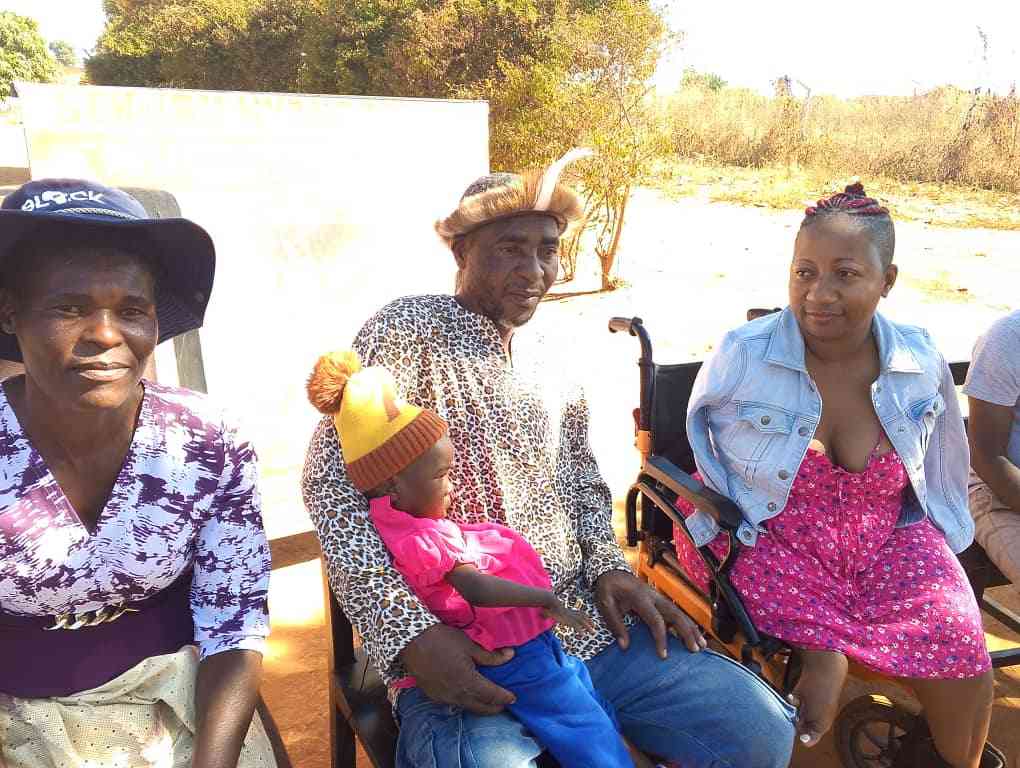
health talk:with Dr Johannes Marisa
In January this year, close to 200 people were admitted to hospital after eating meat from cattle suspected to be affected by anthrax. More than 200 beasts were said to have died from this stubborn disease. This season anthrax outbreaks have been recorded in Gokwe, Nkayi, Gutu, Bikita, Marondera, Mazowe, Chegutu, Makonde and Sanyati. I remember during my days at Zimuto High School in Masvingo when my then Agriculture teachers, Mr Mangezi and Mr Gamira, emphasised about zoonotic diseases like anthrax, brucellosis, bovine tuberculosis and other animal diseases like coccicidiosis, foot-and-mouth, Newcastle, aflatoxicosis, akabane, and avian influenza. We paid attention to those renowned teachers because the diseases would have killed us. We would all concur as a class. That was then!
What is anthrax?
This is a rare, but serious illness caused by spore-forming bacterium, Bacillus Anthracis. Anthrax mainly affects livestock and wild game. Usually anthrax bacteria enter the body through a wound in the skin. Anthrax outbreaks are common during the rainy season because rains wash away the top soil and expose anthrax spores that can remain dormant in the soil for over 40 years. Livestock, particularly cattle, take up anthrax bacteria while grazing on contaminated land. People then get anthrax when they handle these animals or when they eat contaminated meat.
Signs and symptoms
Signs and symptoms depend on how one is infected, which range from skin sores to vomiting to shock. Inhaled anthrax is more difficult to treat and can be fatal. There are four common routes of anthrax infection and symptoms usually develop within seven days of exposure to bacteria.
Cutaneous anthrax
Cutaneous anthrax enters your body through a cut or other sore on your skin. It is the commonest route and symptoms and signs include a raised, itchy bump resembling an insect bite that quickly develops into a painless sore with a black centre. More so, there is swelling in the sore and nearby lymph nodes. Gastrointestinal anthrax
- Chamisa under fire over US$120K donation
- Mavhunga puts DeMbare into Chibuku quarterfinals
- Pension funds bet on Cabora Bassa oilfields
- Councils defy govt fire tender directive
Keep Reading
This comes from eating undercooked meat from an infected animal. Be alert about meat that is sold from unlicensed dealers who may capitalise on pricing to gain competitive advantage. Uncertified meats are common in Mashonaland Central, Mashonaland East, Harare and Masvingo provinces with backyard sales sprouting daily. Where is the cheap meat coming from? Signs and symptoms include:
lNausea and vomiting.
lAbdominal pain.
lHeadache.
lFever.
lSore throat and difficulty in swallowing.
lSevere, bloody diarrhoea in the later stages of the disease.
lSwollen neck.
Inhalation anthrax
This comes when you breathe in anthrax pores. This is the most deadly way to contract the disease. Symptoms and signs include:
lFlue-like symptoms such as sore throat.
lMild chest discomfort.
lShortness of breath.
lCoughing up blood.
lPainful swallowing.
As the disease progresses, you may experience:
lHigh fever.
lTrouble breathing.
lShock.
lMeningitis.
See your doctor if you develop signs and symptoms after exposure to animals or animal products where anthrax is prevalent. Symptoms that appear after eating suspicious meat should alert you to anthrax. The meat may be coming from cattle, goats, sheep, horses or donkeys.
Risk factors for anthrax
lEating suspicious meat especially “under-the-tree” meat: Avoid dead carcasses because you do not know why a particular beast collapsed. The tendency to eat anything should just vanish.
lWorkers in the laboratory who work with anthrax.
lVeterinary practitioners.
lThose who handle animal furs, skins or wool from areas with high incidence of anthrax.
lThose that handle or dress game animals.
Diagnosis
History-taking is important and knowledge about the current outbreaks should be available. The following are some of the available tests:
Skin testing: A skin biopsy can be done for signs of cutaneous anthrax.
Blood tests: Blood can show anthrax bacteria.
Chest X-ray/CT scan: Helps in inhalation anthrax.
Stool testing: Stool can be analysed for anthrax bacteria.
Lumbar puncture: This is done to confirm anthrax meningitis.
Treatment
The standard treatment for anthrax is a two-month course of antibiotics such as ciprofloxacin or doxycline. Treatment is most effective when started as soon as possible. Seek medical assistance, but above all, purchase certified meat!
lDr Johannes Marisa is a medical practitioner, an educationist and public health expert, contact him on [email protected]











